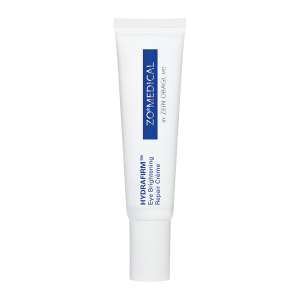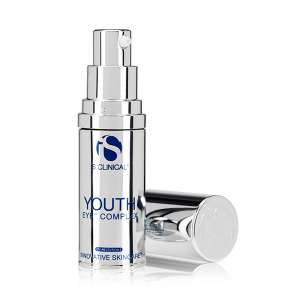You can always hear these promises: Eye creams help reduce or even erase the signs of aging – fine lines, wrinkles, and dark circles. But aren’t eye creams just more-expensive moisturizers in a smaller package?
It is not true. “Eye creams are formulated specifically for the delicate skin around the eye, so they tend to be thicker. They contain more oil than a regular facial lotion, and they have a lot of active ingredients aimed at the problems we see around the eyes,” according to dermatologist Patricia Farris, MD, a clinical associate professor at Tulane University School of Medicine.
Why Do You Need Eye Cream?
The skin around the eyes is more fragile, more prone to dryness, and quicker to show age and fatigue. Squinting and constant movement of the eyes also hasten the appearance of lines and wrinkles, and fluids collect under the eyes and cause puffiness and dark circles. Eye creams can address some of these issues.
The ingredients in eye creams all have specific functions. Fine lines and wrinkles come from both sun damage. Your skin produce less collagen as you age. Collagen helps maintain skin’s elasticity. Vitamin C, peptides, and retinol have boosted collagen production, studies of skin creams show. Ceramide and hyaluronic acid also help; these are moisturizers that help prevent water loss in the skin and improve elasticity.
Another common issue is dark circles under the eyes, which can come from genes, sun damage, age, and blood build-up. Sodium ascorbate, or vitamin C, can thicken the skin and help conceal dark circles after about 6 months. Niacinamide, or vitamin B3, and kojic acid can lighten dark circles.
How to Correctly Apply Eye Cream?
Step 1: Apply eye cream using your ring finger. You should dot the eye cream under your eye, moving from inner to outer corner.
Step 2: Press or tap, don’t rub. Use a light patting motion under the eye, which gently presses the product into the eye area.
Step 3: For extra de-puffing, you can use the same finger to gently press the eye cream around the entirety of the orbital eye bone.

References: https://www.webmd.com/beauty/features/need-eye-cream



